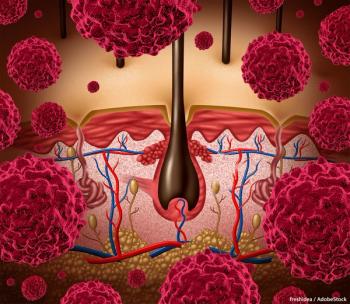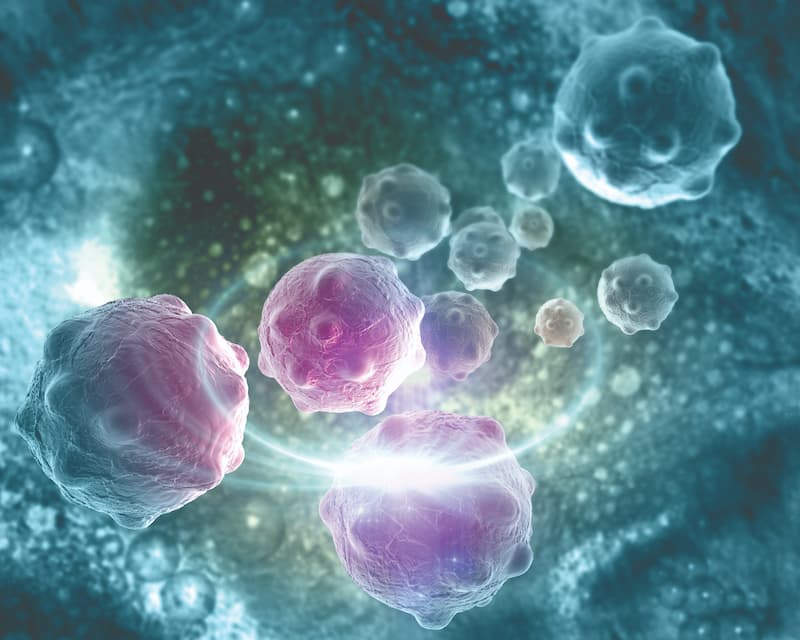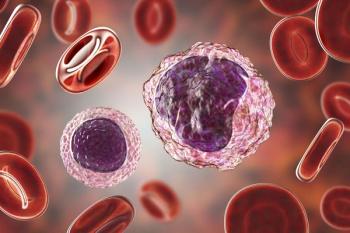
Dordaviprone Presents Therapeutic Option for Diffuse Midline Glioma Type

Historical standards for H3 K27M–mutant diffuse midline glioma treatment may harm healthy central nervous system cells, according to Ashley L. Sumrall, MD.
The
Sumrall, a neuro-oncologist at Atrium Health Levine Cancer Institute and investigator in 2 clinical trials evaluating dordaviprone in recurrent H3 K27M–mutated diffuse midline glioma (NCT03295396; NCT03416530), discussed with CancerNetwork® limitations associated with historical standards for therapy in this patient population as well as what the approval for dordaviprone means for this population.2
She initially outlined the multitude of options historically available for this patient population, which she stated affects children, adolescents, and young adults, among other patients. Pointing to radiation and surgery as the only available treatment modalities, Sumrall suggested that they both present risks, primarily through damage to healthy tissue as well as to the central nervous system.
Regarding the recent approval of dordaviprone, Sumrall expressed that it was “exciting” given the increased accessibility for patients who have experienced limited options regarding systemic therapy, particularly internationally. She concluded by suggesting that the approval creates opportunities to assess additional methods for managing the disease for patients with H3 K27M–mutated diffuse midline gliomas.
Transcript:
Individuals who have diffuse midline glioma with H3 K27M mutations have had [limited] treatment options. This tumor type affects children as well as adolescents and young adults, and up until now, the options that have been offered have been surgery and radiation. We have not had any drugs or therapeutic agents to offer them. Some of the issues with the previous treatments [are that] if you have a surgery, you can cause [tissue] damage, and then radiation [can damage] the brain or the spinal cord. [Radiation] injures the bad cells but also the healthy cells.
It is exciting that the FDA approved dordaviprone for patients with diffuse midline gliomas. Up until now, it has been difficult to access therapy if you have this type of tumor, and when the tumor progresses, individuals are looking for clinical trial opportunities, and there have been limited choices. I frequently [receive] messages and emails from people who live outside of the US who are looking for access. Now that the drug is approved, it will be available to many more [patients], and that will be exciting. We can start to explore other ways to manage patients with this condition.
Reference
- FDA grants accelerated approval to dordaviprone for diffuse midline glioma. FDA. August 6, 2025. Accessed August 12, 2025. https://tinyurl.com/5hdypp4h
- Sumrall A, Allen J, Bagley S, et al. Efficacy and safety of dordaviprone (ONC201) in prospective clinical trials of adult and pediatric recurrent H3 K27M-mutant diffuse glioma patients. J Clin Oncol. 2025;43(suppl 16):10017. doi:10.1200/JCO.2025.43.16_suppl.10017
Newsletter
Stay up to date on recent advances in the multidisciplinary approach to cancer.































































































